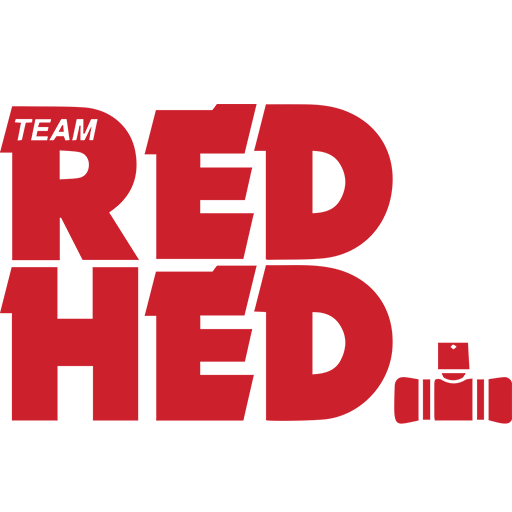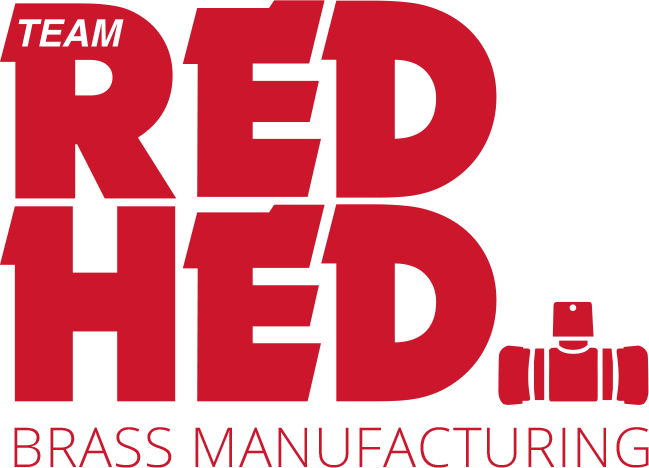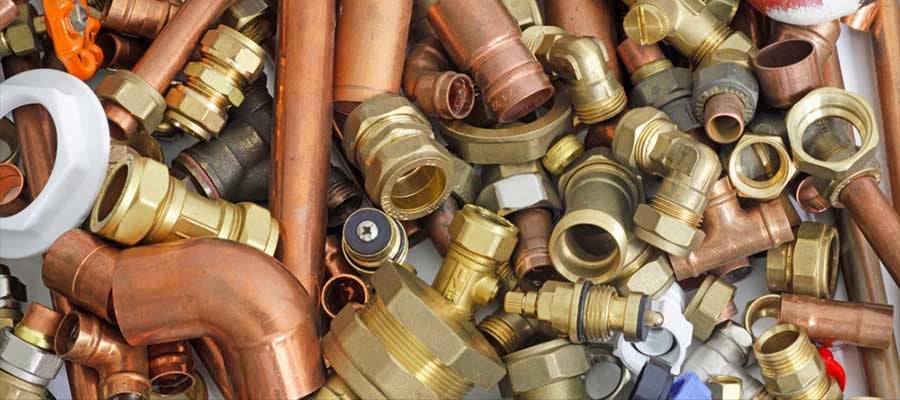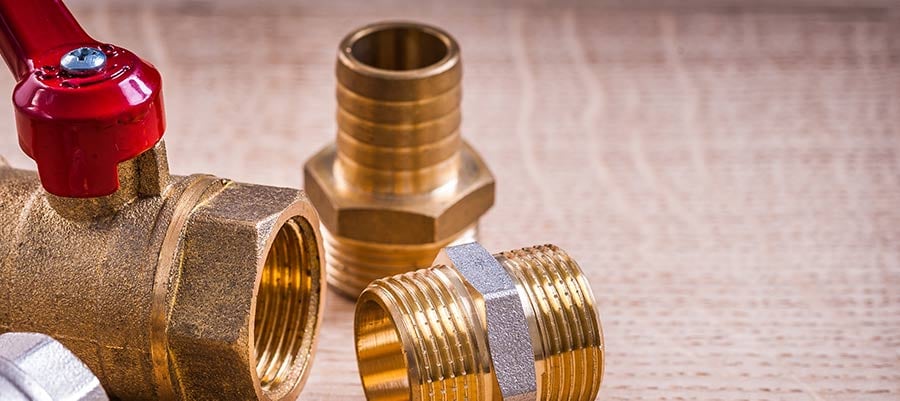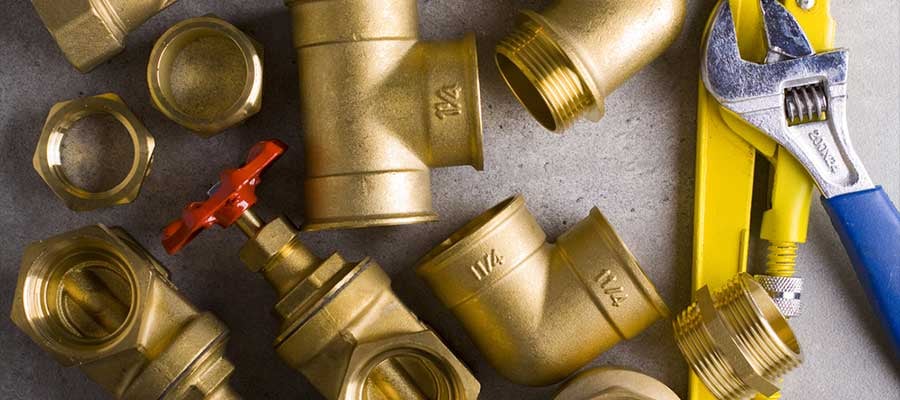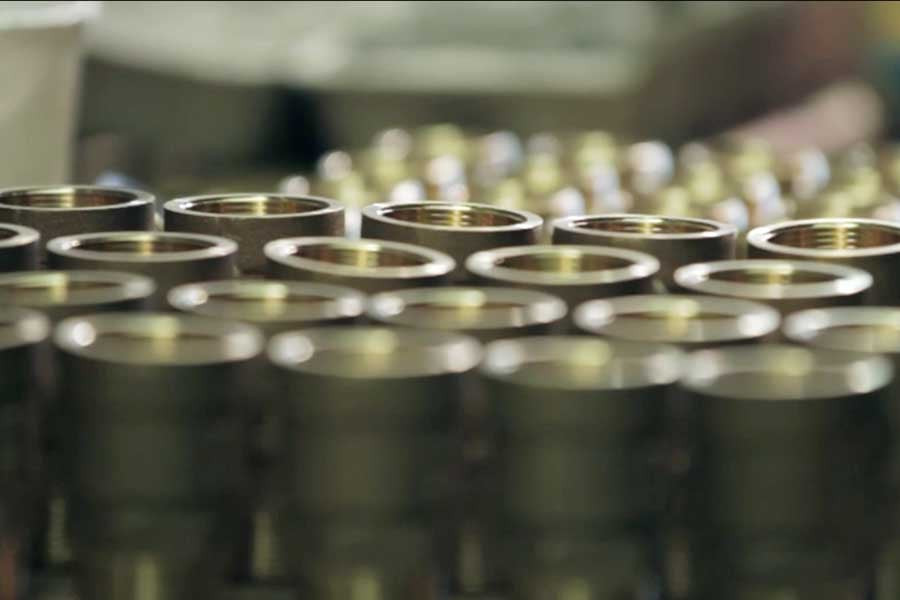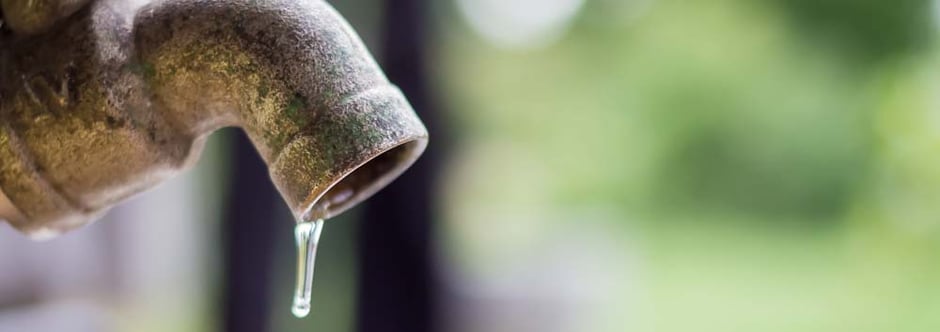When you're in the field, you run across some different connections. But two of the most commonly used for smaller lines include compression fittings and flared fittings. But which type of outlet will work best for your specific situation and what's the difference between them? Here's a quick look to help get you started.
Do you work with a utility that needs to regularly lay new lead-free service lines without disrupting the surroundings? Are you an emergency contractor working with residential or light commercial services who needs to get the job done quickly and effectively? After the Flint water crisis, many water utilities are changing out service lines in favor of those that are completely lead free. For that reason, Red Hed and its sister company, New Concept Tools, have the perfect solution to help you make these changes quickly, effectively and with absolutely no lead in the system.
When you need to connect to a water meter, there's no doubt that using a flared coupling provides you with a better connection and a much lower chance of failure than many other methods. But it can be difficult to make the connection from a copper supply line to your meter. At Red Hed Manufacturing, our job is making sure you can get your job done with better fittings, including our flare coupling adapters for meters. Here's how they'll help you make a better connection.
At Red Hed Manufacturing, we always try to answer our customer's questions before they're asked, but on occasion, we're able to go into great depth and detail about one of our high quality lead free water utility products. Because our lead-free flange adapters have received a great deal of interest and attention recently, we've produced a guide to help you discover more about these versatile adapters and their construction. Here's a little bit of the information you'll find available in this guide.
With the concern over the past few decades about the content of lead in household materials and how it can leach into our drinking water, the passage of laws that limit the amount of lead in potable water pipes, fittings and fixtures have become common. Though this is a great general change in policy, the devil is in the details - specifically, the term "lead-free". Though many consumers expect that to mean that the material used to create the piece contains no lead, this isn't always the case. In this post, we'll take a look at current lead-free requirements as compared to 100% lead-free components.
With the formation of the EPA and public concern over lead exposure in the 1960s and 1970s, the plumbing and waterworks industry saw the rise of a new set of laws that regulated lead content in drinking water. As time has gone on, amendments and additional legislation has been passed, on both the state and federal levels, to further limit the amount of lead allowed in drinking water and plumbing systems. But what exactly is the difference between these standards and how do they affect your industry? Here are some more details:
